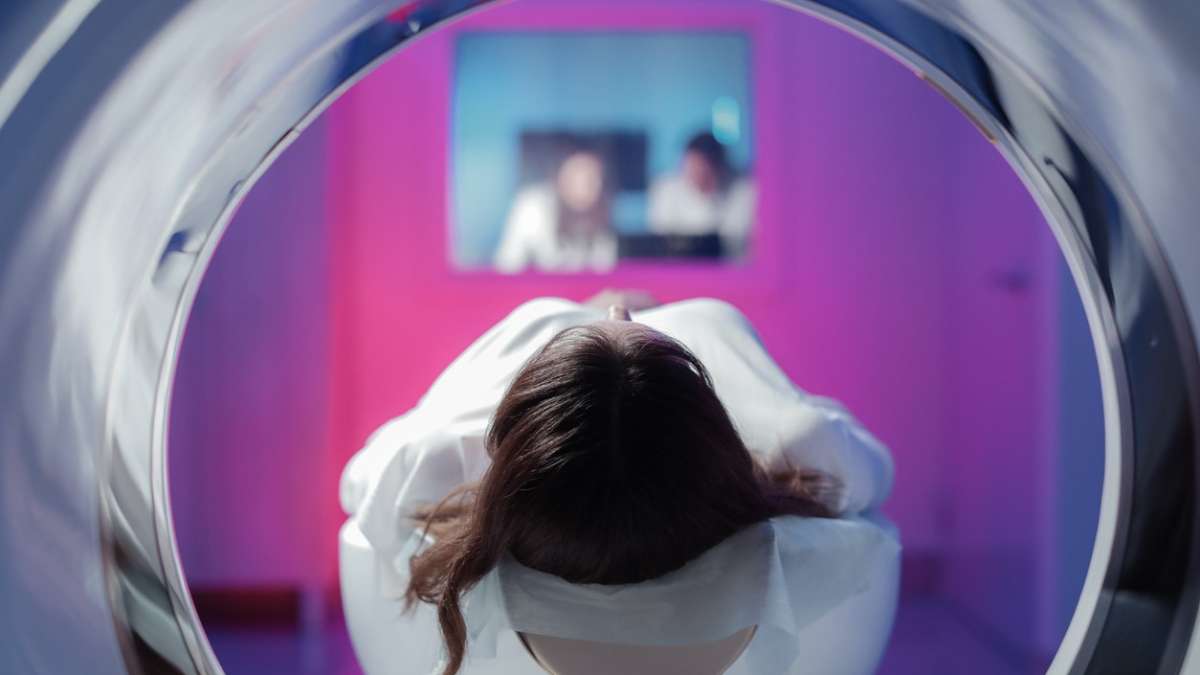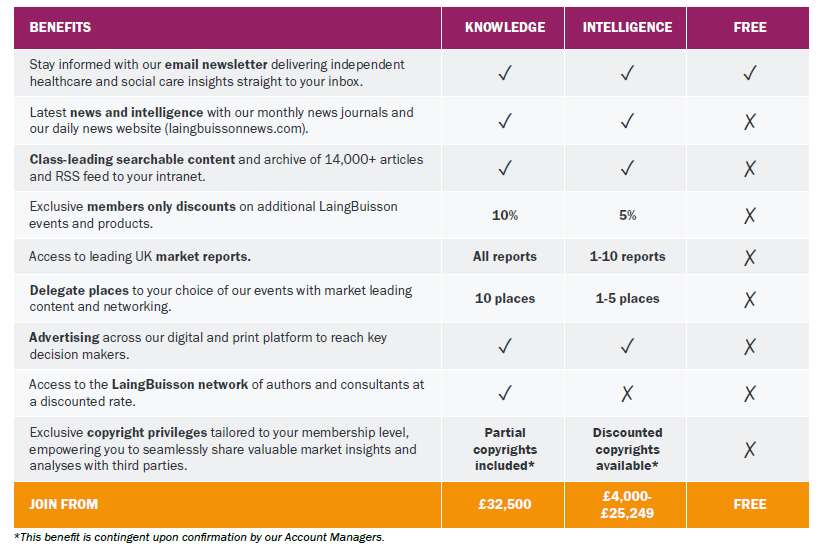UK Diagnostics market is worth £7 billion. Why do our testing programmes lag behind those of other Western counties?
Leading healthcare sector analysts, LaingBuisson, have published the first edition of their Diagnostics UK Market Report.
Written in the run up to the Coronavirus crisis, the report gives a picture of this high value, growing market in its normal steady state. While Coronavirus will necessarily change the focus of the industry in the immediate future, it is still too early to judge the changes that the pandemic will make to the diagnostics market in the UK in the long term.
The report, nevertheless, asks questions which are pertinent to our times, both during and outside of the crisis. Why, for example, is the NHS’s purchasing power not greater? Despite the formation of procurement networks in recent years, its purchasing power remains fragmented and LaingBuisson finds that the NHS is paying around 50-60% more for equipment and consumables than many large multi-national European laboratory groups.
The report also highlights that the UK undertakes per capita around 50% of the MRI scans, 40% of CT scans and less than 35% of PET CT scans undertaken in the US, Germany and France. While some may suggest that these countries are over diagnosing, late diagnosis of some key tumour types is seen as a key reason for the UK’s comparatively worse five-year cancer survival rates.
While the Government has promised investment in the NHS diagnostic infrastructure, a shortage of professionals working in fields such as radiology and histopathology means that infrastructure investment has to be accompanied by investment in training if the UK is to have the capacity to meet demand for testing.
Report author, Hugh Risebrow said:
“Diagnostics are fundamental to the clinician’s understanding of their patient’s condition and the best treatment for them. The years between 2012 and 2018 have seen an 8-9% growth in the number of MRI and CT scans undertaken, while the number of pathology tests is growing at a rate of just over 2% per year. Given the insight that can be gained from testing and the benefits that it offers clinicians and patients alike, there is no reason to believe that when we emerge from the current crisis that this growth will not continue. While we predict continued downward pressure in pricing, demographic changes and pressure to catch up with testing rates in other counties point to sustained volume growth together with growth in the value of the market, albeit at a slower pace.
“While the trend has been away from outsourcing diagnostics from the NHS in recent years, the pressure to grow may well create further opportunities. Private imaging companies currently account for around 15% of the addressable market and diagnostics companies remain attractive to investors, reassured by the fact that payments are largely underwritten by public money. As we return to normal after Coronavirus, there is no reason to think that the UK diagnostics market will not return in time to the growth trajectory on which it was set prior to March 2020.”







